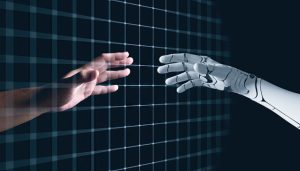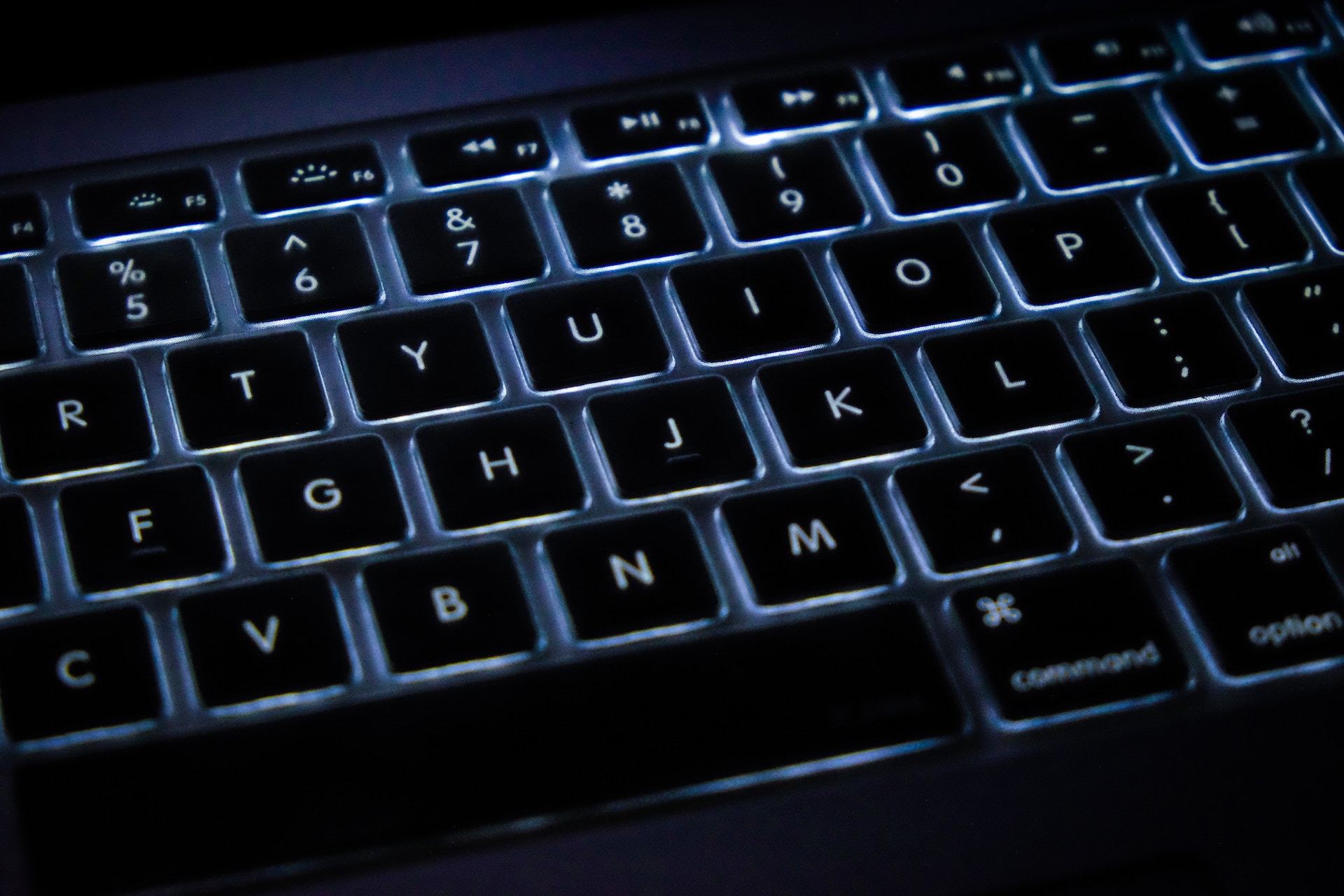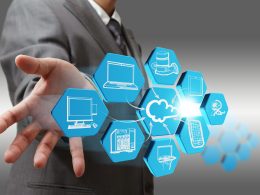Digital Twins: Revolutionizing Simulation and Monitoring in Industry
In today’s rapidly evolving industrial environment, Digital Twins are reshaping how businesses design, operate, and maintain systems and assets. These virtual replicas of physical objects, systems, or processes are becoming indispensable in industries ranging from manufacturing to healthcare and urban planning. By merging the digital and physical worlds, Digital Twins help companies optimize operations, predict future issues, and drive innovation. This article explores the latest trends in Digital Twin technology, its impact across industries, and its potential to revolutionize how we work and live.
Introduction to Digital Twins

At its core, a Digital Twin is a virtual representation of a physical asset, system, or process. Think of it as a digital mirror that evolves with its real-world counterpart. This model is constantly updated through data collected by sensors, IoT devices, and other monitoring systems embedded in the physical asset. The power of Digital Twins lies in their ability to provide real-time insights, enabling businesses to simulate, monitor, and optimize operations without physical intervention.
The concept isn’t new, but it’s gaining traction as more industries see its potential. Whether it’s a manufacturing facility, a wind turbine, or even an entire city, Digital Twins are helping organizations make smarter decisions and improve efficiency at every level of operations.
Integration of Artificial Intelligence (AI) and Machine Learning (ML)
A significant advancement in Digital Twin technology is the integration of Artificial Intelligence (AI) and Machine Learning (ML). These technologies are transforming Digital Twins from simple simulations to predictive, data-driven tools that continuously learn and evolve.
Predictive Maintenance and Failure Prevention
One of the most impactful uses of AI and ML in Digital Twins is predictive maintenance. For example, in manufacturing, Digital Twins can monitor the performance of machines and predict when a component is likely to fail, based on historical data and real-time analysis. This proactive approach allows companies to schedule maintenance before the failure happens, reducing downtime and saving significant costs.
Case Study: General Electric (GE)
GE uses Digital Twins to monitor its fleet of jet engines and wind turbines. By analyzing sensor data from these assets, GE can predict when maintenance is required, often before a problem arises. In the case of jet engines, this has led to millions of dollars in savings by avoiding unplanned downtime.
Real-Time Data Analysis
AI and ML also help Digital Twins analyze vast amounts of real-time data, enabling companies to simulate various scenarios and forecast outcomes. For instance, manufacturers can simulate a production line’s performance under different conditions, adjusting workflows and processes in real time to optimize efficiency.
Edge Computing for Real-Time Data Processing
As industries increasingly rely on real-time data, edge computing has become essential for Digital Twins. Edge computing involves processing data closer to the source (i.e., at the “edge” of the network) rather than sending it to a centralized cloud. This reduces latency and ensures faster decision-making.
Reducing Latency and Enhancing Speed
For applications where immediate action is necessary, such as industrial control systems or autonomous vehicles, edge computing is crucial. In manufacturing, for instance, edge devices can process data from production lines instantly, allowing for immediate adjustments to be made without the delays associated with cloud computing.
Case Study: Siemens
Siemens has leveraged edge computing in its Digital Industries division. The company’s MindSphere platform connects industrial equipment to the cloud, where data is processed and analyzed. However, when low latency is critical, edge devices ensure real-time responses, preventing delays in manufacturing processes and improving operational efficiency.
Digital Twins in Sustainability and Green Tech
Sustainability is a growing concern for industries worldwide, and Digital Twins are increasingly being used to optimize energy consumption, reduce waste, and improve environmental outcomes.
Simulating Sustainability Efforts
In sectors like construction, energy, and manufacturing, companies can use Digital Twins to simulate the environmental impact of different actions before they are carried out. For instance, in the building industry, architects can create a Digital Twin of a building to simulate its energy efficiency, optimizing insulation, heating, cooling, and lighting systems for better environmental performance.
Case Study: Urban Future Lab
The Urban Future Lab, a sustainability incubator in New York, uses Digital Twin technology to model energy usage in buildings and city infrastructures. By running simulations, they can test how various design decisions (like materials used in construction or the placement of solar panels) will impact energy efficiency and sustainability before actual implementation.
Optimizing Resource Usage
Energy companies also use Digital Twins to simulate the operation of power plants, wind farms, or grids, allowing them to optimize resource usage and reduce emissions. Wind turbine manufacturers like Siemens Gamesa use Digital Twins to improve turbine efficiency by simulating wind conditions and turbine performance.
Driving Innovation in Complex System Simulation

The ability to simulate complex systems is one of the most powerful features of Digital Twins. Industries that rely on intricate systems—like aerospace, automotive, and healthcare—are increasingly adopting Digital Twin technology to drive innovation.
Simulating Vehicle Performance and Design
In the automotive industry, Digital Twins are used to simulate car systems and vehicle performance under various real-world conditions. This allows manufacturers to test new designs and technologies virtually, saving on costly physical prototypes.
Case Study: Ford Motor Company
Ford uses Digital Twins to model vehicle systems and simulate performance in different environments. By testing how a car reacts to different weather conditions, road types, and driving behaviors in a virtual space, Ford can make adjustments before releasing the vehicle for real-world testing.
Enhancing Healthcare with Patient-Specific Models
In healthcare, Digital Twins are being used to create personalized models of patients, simulating their medical conditions and treatment plans. This allows doctors to predict the outcomes of various treatments, improving the accuracy of diagnoses and increasing the likelihood of successful interventions.
Case Study: Philips Healthcare
Philips uses Digital Twins to simulate patient data, such as vital signs, and predict outcomes for various medical procedures. These models help doctors make more informed decisions, enhancing the accuracy of treatments and improving patient outcomes.
Role of 5G and IoT in Advancing Digital Twins
The rollout of 5G networks and the growth of the Internet of Things (IoT) are further accelerating the adoption of Digital Twins. These technologies enable faster data transmission and greater connectivity between devices, allowing Digital Twins to function with even greater accuracy.
Enhanced Speed and Connectivity
5G networks offer high-speed, low-latency connectivity, which is crucial for applications like autonomous vehicles or real-time production monitoring. The integration of IoT devices enables Digital Twins to collect data from a variety of sensors, creating more detailed and accurate virtual models.
Case Study: Ericsson
Ericsson has worked with companies in various industries to leverage 5G for Digital Twin applications. For example, they helped implement 5G in a smart factory environment, where high-speed data transmission from IoT sensors allows for real-time monitoring and management of factory operations.
Digital Twins in Smart Cities and Urban Planning
One of the most exciting applications of Digital Twins is in the creation of Smart Cities. A Smart City uses interconnected systems, powered by Digital Twins, to monitor and optimize everything from traffic flow to energy consumption.
Urban Planning and Management
Digital Twins of entire cities enable urban planners to simulate various scenarios—such as traffic congestion, energy demand, and environmental conditions—before implementing changes. These simulations help cities optimize infrastructure, reduce waste, and improve residents’ quality of life.
Case Study: Singapore
Singapore has developed a Digital Twin of the entire city, which integrates data from traffic, energy, and infrastructure systems. This model allows the city’s government to simulate and optimize urban planning decisions in real-time, improving everything from public transportation to waste management.
Industry-Specific Applications of Digital Twins
Digital Twins are being adopted across various sectors, with each industry using the technology in unique ways to optimize operations.
Manufacturing: Enhancing Production Efficiency
In manufacturing, Digital Twins help companies optimize their production lines. By creating a virtual replica of the entire manufacturing process, businesses can identify bottlenecks, reduce downtime, and improve product quality.
Case Study: Siemens and Bosch
Siemens and Bosch have partnered to develop Digital Twin technologies for the Industry 4.0 revolution. These companies use Digital Twins to simulate manufacturing processes and automate production, improving both speed and accuracy in factories.
Energy and Utilities: Monitoring Infrastructure
Energy companies use Digital Twins to monitor the performance of power plants, wind farms, and pipelines. By simulating the operation of these assets, companies can predict failures, optimize maintenance schedules, and improve efficiency.
Case Study: Shell
Shell uses Digital Twin technology to model its offshore oil rigs and gas platforms. The company collects data from sensors on the platforms to create a Digital Twin that helps predict potential maintenance needs and optimize operational efficiency.
Aerospace: Simulating Flight Conditions
In aerospace, Digital Twins are used to simulate aircraft performance, analyze stress on components, and enhance maintenance schedules. These simulations improve safety and help reduce operational costs.
Case Study: Airbus
Airbus has developed a Digital Twin of its aircraft, allowing engineers to simulate everything from flight conditions to the wear and tear on aircraft components. This helps the company predict maintenance needs and extend the life of its planes.
Challenges in Implementing Digital Twins

Despite their many benefits, implementing Digital Twins comes with challenges. One of the biggest hurdles is the integration of diverse data sources. Data from sensors, IoT devices, and legacy systems must be unified to create an accurate Digital Twin, which can be technically complex.
Data Security and Privacy
With the vast amounts of data exchanged between physical assets and their digital counterparts, security is a critical concern. Organizations must ensure that their Digital Twins and the systems they represent are protected from cyber threats.
High Costs and Technical Complexity
Developing and maintaining Digital Twins requires significant investment in technology and expertise. Smaller companies, in particular, may face financial and technical barriers to adoption.
The Future of Digital Twins and Emerging Technologies
Looking ahead, the future of Digital Twins appears bright. Emerging technologies like quantum computing and blockchain could further enhance the capabilities of Digital Twins, making them even more accurate, secure, and powerful.
Expanding Applications Across Sectors
As more industries embrace Digital Twins, the technology is expected to grow in sectors such as agriculture, transportation, and supply chain management. The potential for real-time monitoring and predictive analytics will open up new possibilities for innovation and optimization.
Conclusion
Digital Twins are revolutionizing how industries operate by enabling real-time simulations, predictive maintenance, and enhanced decision-making. From smart cities to healthcare and manufacturing, the impact of Digital Twins is already profound, and as technology continues to evolve, their influence will only grow. By bridging the gap between the physical and digital worlds, Digital Twins are paving the way for a more efficient, sustainable, and innovative future.










